1. FIERY TIMES

Fires release the carbon stored in plants, so measuring the extent and severity of forest fires around the globe is an important ingredient in understanding the carbon cycle.

Earth has many processes that regulate carbon, atmospheric carbon dioxide, and its role in the carbon cycle and climate. How much do you know?
Carbon and climate change in 90 seconds
NASA Orbiting Carbon Observatory-2 mission

Fires release the carbon stored in plants, so measuring the extent and severity of forest fires around the globe is an important ingredient in understanding the carbon cycle.
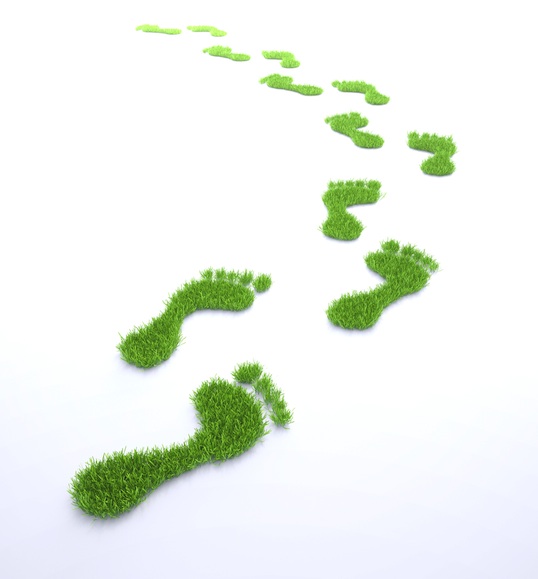
Which one of these increases the level of carbon dioxide in our atmosphere?
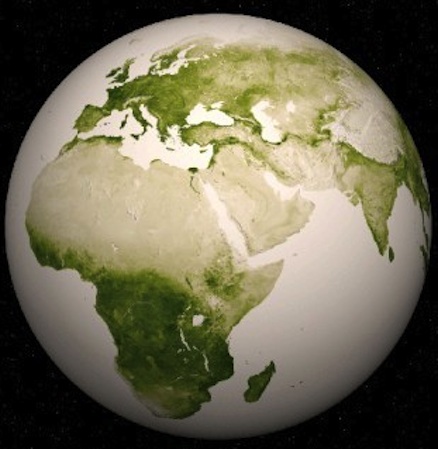
Why do levels of carbon dioxide in the atmosphere fall during the summer in the Northern Hemisphere?

Plants use carbon dioxide and water to make their own food through the process of photosynthesis. When they are performing photosynthesis, plants reflect light strongly in which of the following wavelengths?

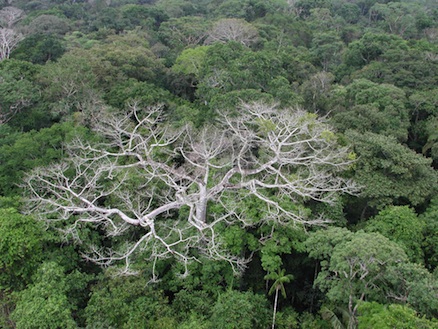
Plants on land have taken in approximately half of the carbon dioxide that humans have put into the atmosphere over the last several decades.

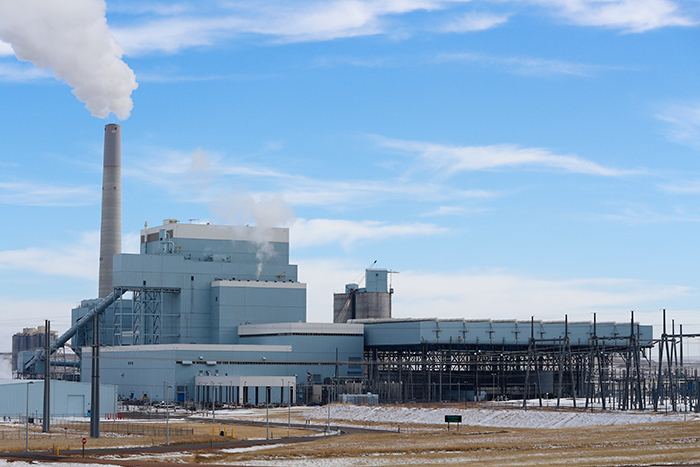
Carbon dioxide (CO2) is:

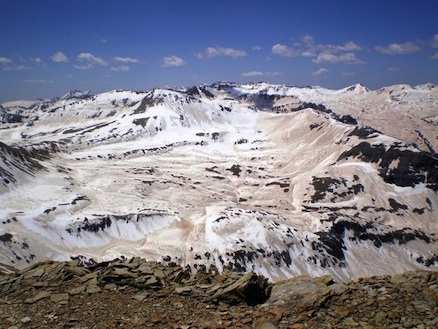
Carbon dioxide is not the only carbon-containing compound in the atmosphere researchers are studying. What else are scientists looking at?


People have been concerned about the rise in carbon dioxide in our atmosphere, the result of human activity, since what period of time?

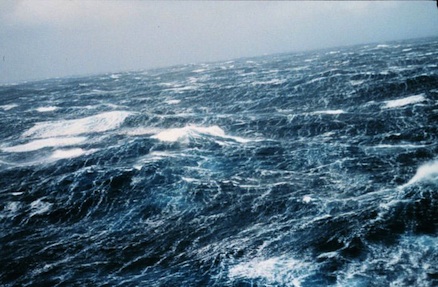
What role does the ocean play in the carbon cycle?
